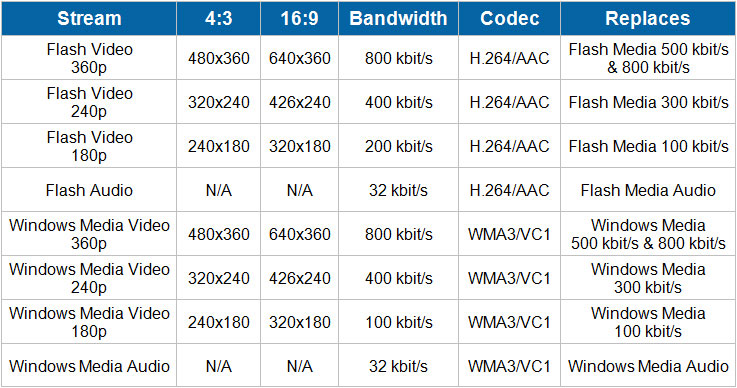What Is Bandwidth Allocation
. 28 shares.When researching and to house your domain, one factor to evaluate and compare is the cost for your required amount of bandwidth,Yes, many providers offer, but upon taking a closer look, you’ll find that unlimited isn’t truly unlimited – there are always penalties if you use too much as is based on a “normal” usage, whatever that means.
Bandwidth Allocation is usually the result of a server system trying run things smoothly for a group of users. Here’s an example of how it happens. You start Gaming and you’re one of the only people using your data center. What motherboard do i have. The Bandwidth Allocation pane displays a graph that shows the devices on the router network. By default, each device is allocated an equal share of the router bandwidth, expressed by a number in a white circle that is associated with the device.

Utorrent Upload Limit Ratio
That said, knowing how much bandwidth your site truly requires can be a bit of an art form. Web Hosting Bandwidth & Data TransferEssentially, bandwidth is a term to calculate the rate of traffic and data allowed to flow between users and your site via the internet. The term “bandwidth” is often mis-used to describe “data transfer” but in reality these two are two different things. What is data transfer?Data transfer is the total amount of data to be transferred in a given time, usually measured in month.

What is website bandwidth?Bandwidth is the measure of maximum data that can be transferred in a given time, usually measured in seconds.The number in “data transfer” tells you how much data you can transfer in a month. The number in “bandwidth” tells you how fast the data can be transferred.Imagine bandwidth as the width of a water pipe where data transfer is the amount of water flowing out from the pipe.
How wide is the pipe width (bandwidth) determines how fast can water (data) flows. Fundamentally, data transfer is the consumption of bandwidth.For site owners looking for a web host, the amount of bandwidth that a hosting company site offers can typically serve as a good indicator of that host’s capabilities – the higher the bandwidth, the better the speed; network; connectivity; and systems. So What About Unlimited Bandwidth / Data Transfer?As mentioned above, many hosting organization offer that include “unlimited bandwidth.” To the purchaser, this means that they can run as much data and as much traffic to their site as they need without ceilings. To the hosting provider, it means a way to give a flat cost to a buyer that generally will work.As ever,.Simply put, it’s just impossible for hosting companies to offer unlimited bandwidth – it’s too expensive to provide unbridled access to every customer. That said, most companies fall somewhere into a “normal range” of bandwidth use by default, and this range is what hosting providers use when creating their “unlimited” packages. By “unlimited,” hosting providers can cater to the majority of their client base – however, there absolutely is a ceiling on the bandwidth included in that package cost; the trick is to know what it is.By comparing your site’s actual required bandwidth with the bandwidth offered in that “unlimited” guise, you can better determine which level of hosting you truly need and whether a given provider will truly meet your needs. How to Calculate the Bandwidth you Need Formula used to calculate needed website bandwidth is not that complicated!Think about bandwidth like a pair of pants: you need the size that you need. It doesn’t make a whole lot of sense to buy up a size, but at the same point, there’s a number that fits.
If your waist is a size 36, you simply aren’t going to fit into that 32. Here are the steps to calculate how much bandwidth you needIn bandwidth, it also doesn’t make sense to purchase up – this is why it makes sense to work with hosting providers who offer scalable solutions. As for buying small, that’ll only get you into trouble. Know your actual need to get the service that works for you – here’s how to calculate your required bandwidth:. Estimate the average page size of your site in kilobytes (MB). Multiply that average page size (in KB) by the monthly average number of visitors. Multiply the result from step 2 by the average number of pageviews per visitor.If you don’t know, use test on a few pages and take the average of those tested pages for your base testing number.
Here are some real life examples: Example #1: The size of YouTube.com homepage = 2.0 MB. Example #2: The size of WHSR homepage = 1.1 MB.This is the base of knowing your required bandwidth – however, you’re not done quite yet. You also need to include an allocation for extra “room” in case your traffic spikes.
What Is Bandwidth Allocation Mean
Generally speaking, I recommend giving at least a 50 percent spread. But you need to allocate extra room to grow and traffics spikes – leave at least 50% tolerance.